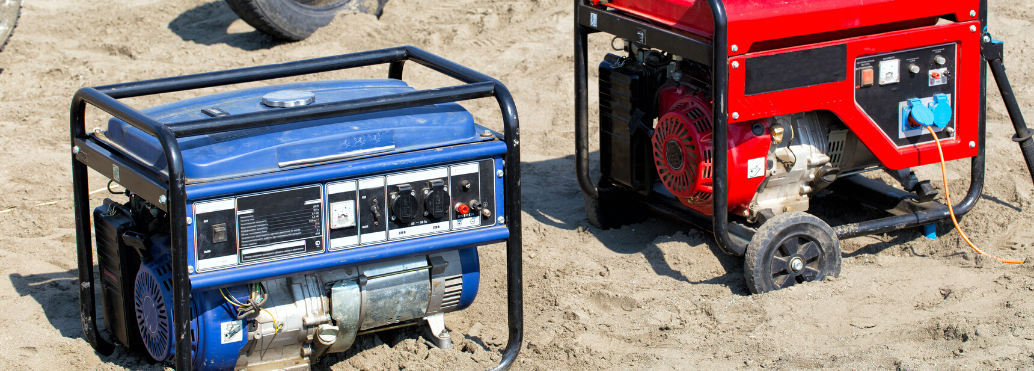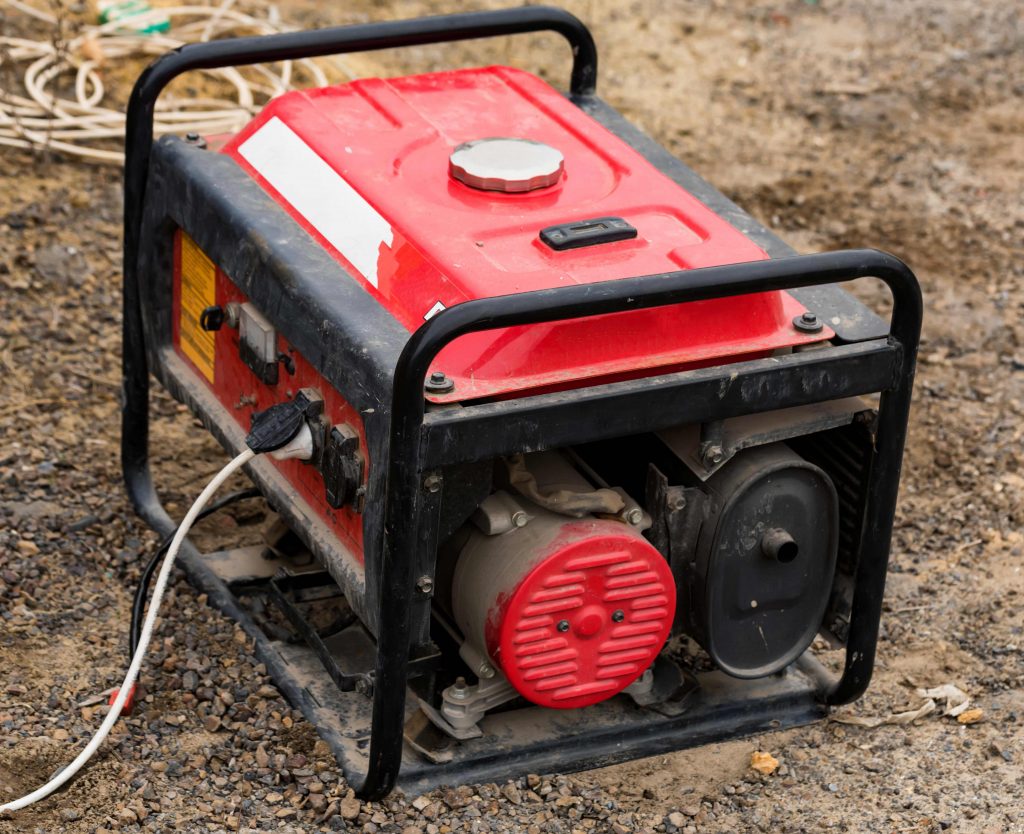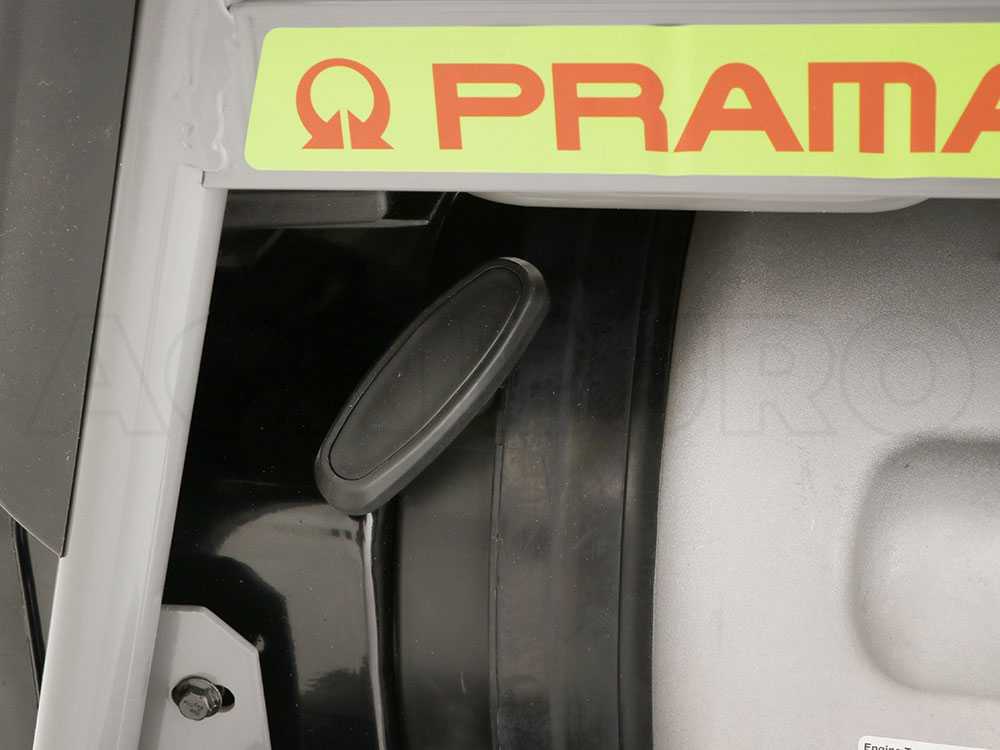The Complete Guide to help you choose the Best Generator
by the Real Experts of Electrical Engineering
Generators belong to a very complex and varied category of products, within which is not always easy to find one’s way around, especially if you are a beginner or have little experience. This is because there are thousands of models and types on the market that are very different from each other in terms of price, power and features, and this leads to further confusion for the user when faced with the necessity to make a purchase.
This purchasing guide has been created precisely to help you choose the best generator for your needs and, at the same time, to provide a deeper understanding of this type of product by explaining in a clear and simple way some fundamental aspects that are most often overlooked during the purchase phase.
CONTENTS
- 1. Introduction
- 2. 1500 rpm VS 3000 rpm
- 3. The 4 most common mistakes to make
- 4. Level of use
- 5. Power: KW and KVA
- 6. Country of manufacture, materials and brands
- 7. Single-phase or three-phase
- 8. Noiselessness and noise emissions
- 9. Power supply
- 10. Calculation of the consumption of an electrical device
- 11. Context of use
- 12. Stabilised generators Inverter or AVR
- 13. Start-up
1. Introduction
Generators are devices capable of transforming mechanical energy into direct or alternating current in order to power electric utilities. These machines are essential when it is necessary to have an autonomous source of electricity in places without stable electrical sources, such as construction sites, isolated places, campsites, or where the distribution of electricity is lacking due to temporary failures or malfunctions. (e.g. blackout).
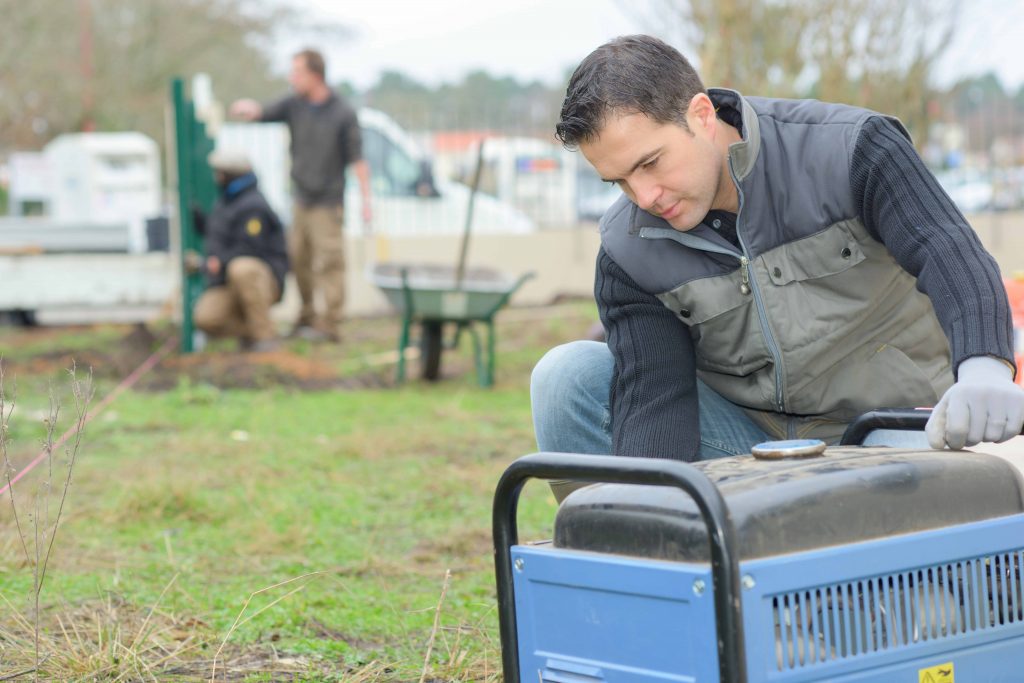
2. 1500 rpm VS 3000 rpm
A first major subdivision can be made by distinguishing between two macro-categories: 1500 rpm generators and 3000 rpm generators. The term “rpm” means “revolutions per minute“, i.e. the number of engine revolutions made in 60 seconds.
- Generators with 1500 rpms are less commercial and are designed for heavier duty work, where it is necessary to operate for many hours at a time or where industrial machinery needs to be powered (e.g. in factories or construction sites);
- Generators with 3000 rpms are the most widespread on the market and are recommended for purely emergency, occasional or short-term use.
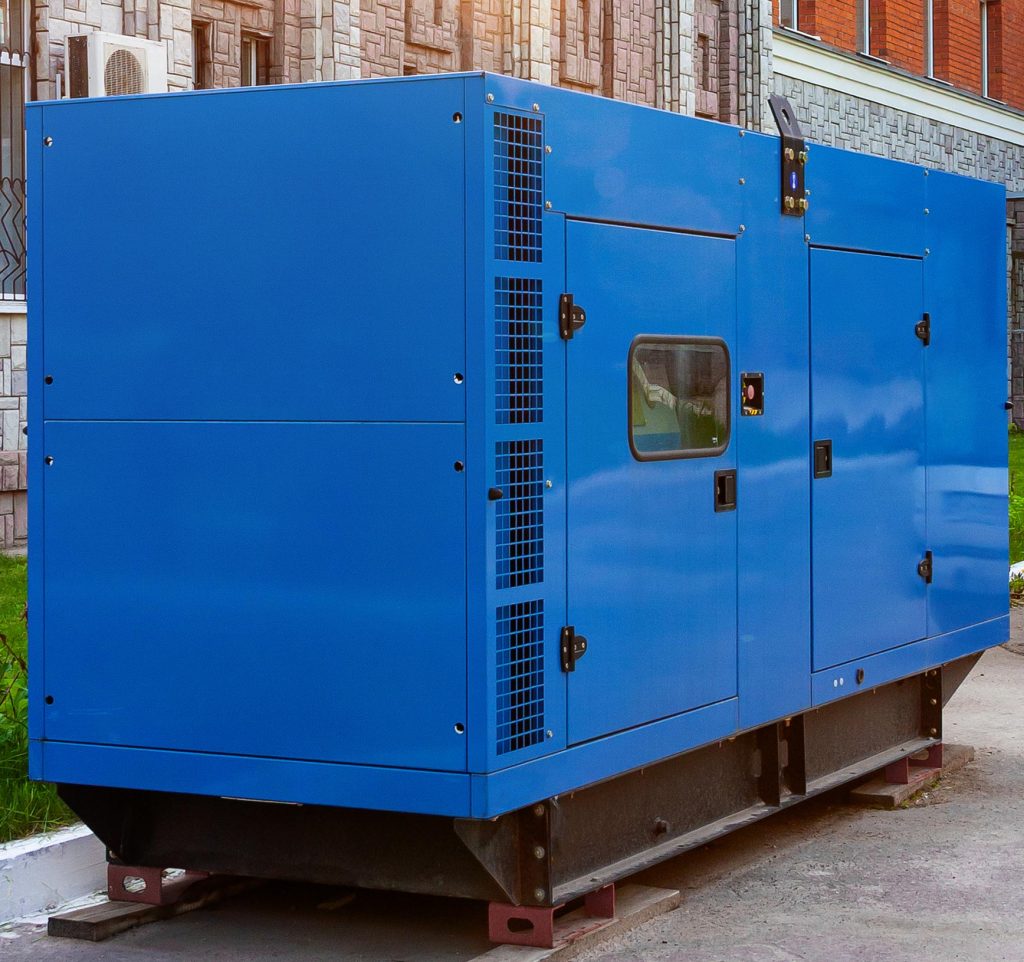
1500 rpms generator
for a hospital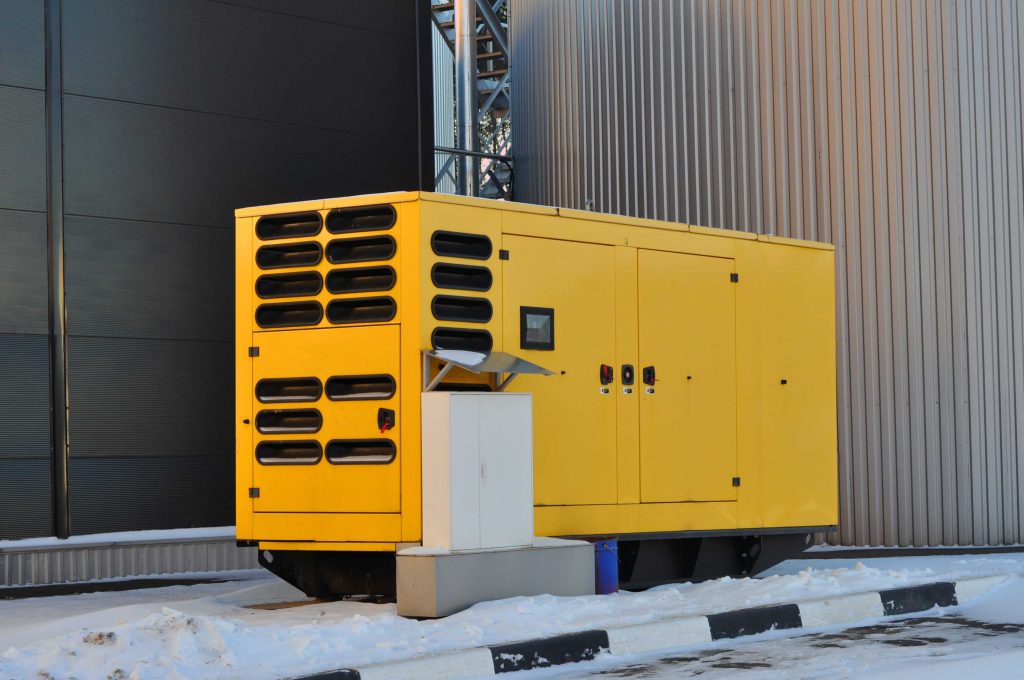
1500 rpms generator
for a factory
3. The 4 most common mistakes to make
- MISTAKING GENERATOR POWER WITH ENERGY NEEDS
Most people think that in order to supply a system with a few kilowatts, it is enough to have a generator with the same energy output. This is a very common mistake. Not everyone knows that most equipment needs more power to start up than what is needed for normal operation, and this is known as “inrush current“.
Example:
To start the motor of a normal 3 HP compressor with a nominal consumption of 2.3 KW and powered by a generator, it will need 2-3 times its nominal consumption. Basically, we will need to rely on a generator of at least 7 KW with a 32A industrial socket.
Remember: purchasing an undersized generator can compromise the life of the machine or make it totally inadequate for the task at hand, as well as being dangerous in some situations.
| UTILITY | CONSUMPTION | INRUSH COEFFICIENT | CALCULATION | POWER REQUIRED |
| Light bulb | 100 Watt | 1 | 100 x 1 | 100 Watt |
| Stove | 1500 Watt | 1 | 1500 x 1 | 1500 Watt |
| Angle grinder | 280 Watt | 1.5 | 280 x 1.5 | 420 Watt |
| Circular saw | 800 Watt | 1.5 | 800 x 1.5 | 1200 Watt |
| Compressor | 1500 Watt | 2 | 1500 x 2 | 3000 Watt |
| Refrigerator | 250 Watt | 3 | 250 x 3 | 750 Watt |
| Welding machine | 2000 Watt | 3 | 2000 x 3 | 6000 Watt |
| Cooling unit | 2000 Watt | 3 | 2000 x 3 | 6000 Watt |
- NOT KNOWING THE ACTUAL CONSUMPTION OF THE MACHINE TO BE FEEDED
Certainly one of the most important aspects worth knowing is the actual consumption of the plant, machinery and device to be fed through the generator. Therefore, before moving forward with the purchase, it is a good idea to calculate the actual energy requirements of what needs to be powered, in order to have a generator that is up to the task. - SINGLE-PHASE OR THREE-PHASE?
The third point concerns the type of current we need, which can be single-phase, i.e. with a phase-to-neutral voltage of 230V, or three-phase (380-400V).
For simplification purposes, it can be said that to power a house or any other civil utility, we may need single-phase energy (with the exception of large houses, villas and apartment blocks), whereas if we need to power an industrial utility, we will need three-phase energy.
Generally speaking, people think that purchasing a three-phase generator means to have a machine that is “more powerful”, but then it ends up being used as a single-phase machine, resulting in exploiting 1/3 of the total capacity of the generator. This is because the power delivered by a three-phase generator has to be spread over three phases, and each individual phase cannot deliver more than 1/3 of the total power. In short, a 9 kW generator can only deliver no more than 3 kW per phase.
There are also generators on the market that can deliver the same power in both single-phase and three-phase mode and are known as “Full Power“.

16A Schuko socket (single-phase) 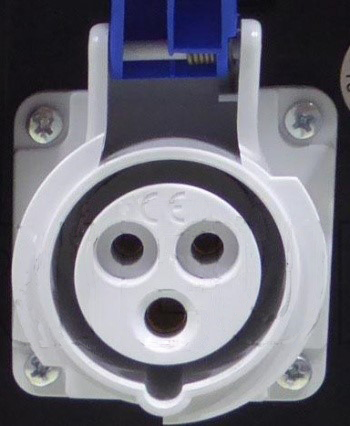
16A Industrial socket (single-phase) 
32A Industrial socket (single-phase)
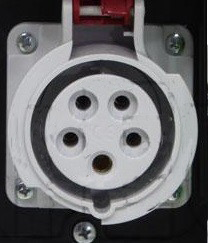
16A Industrial socket (three-phase) 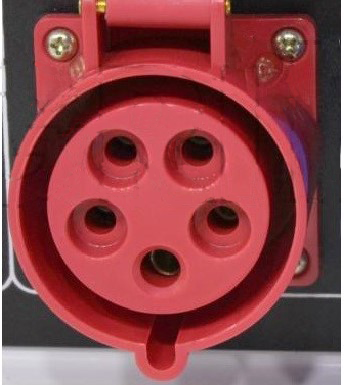
32A Industrial socket (three-phase) 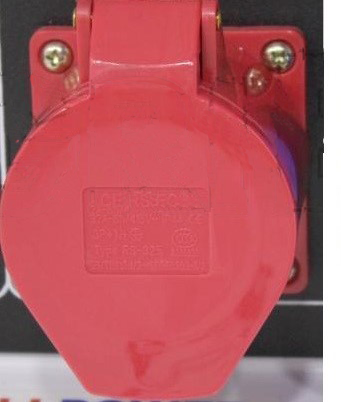
32A Industrial socket (three-phase)
- ATTACHING LITTLE IMPORTANCE TO THE END USE
Every product is designed and manufactured for a specific use, which can be industrial, professional, semi-professional, hobby or limited.
Very often people make the mistake of giving too much importance to the price of the product without considering its actual suitability, ending up buying a machine that is not up to the use to be make of it. Basically, this is due both to an excess of superficiality at the time of purchase, and to the fact that many shops (physical and online) do not clarify this very important aspect sufficiently or at all. To avoid making such a mistake, remember to gather enough technical information before the purchase, so as to understand if the product meets your real needs.
4. Level of use
As we already pointed out, it is essential to choose a generator in relation to the intended use.
There are 5 levels of use:
- LIMITED: The generator can be used for occasional and not prolonged work sessions.
- HOBBY: The generator can be used for work sessions that are not too frequent and not too long (max. 4 consecutive hours). In this category there are well constructed, good quality generators equipped with a petrol engine and with powers ranging from 1 to 7 kW.
- SEMIPROFESSIONAL: It includes models that are very close to professional level, especially in terms of performance and power (most of these machines have a power of between 4 and 7 kW). Although superior to those for hobby use, these generators are not suitable for prolonged, intensive and too frequent use. Again, it is recommended not to exceed 4 hours of continuous use.
- PROFESSIONAL: This category of use includes all those machines that, in addition to their power output, are manufactured with technologies and materials suitable for heavy and intensive use. A heavy-duty generator is a machine of high quality and reliability.
- INDUSTRIAL: These are top quality, high performance machines designed to work intensively and for long periods of time, such as in industries, construction sites, factories and more. Typically, generators with 15000 rpms fall into this class.
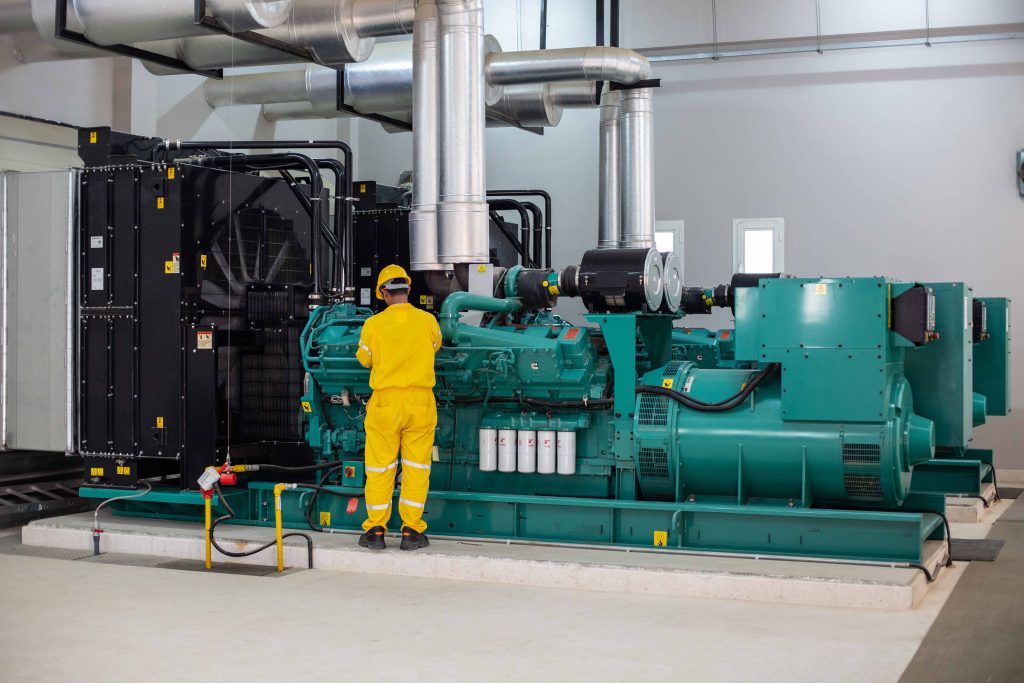
When in doubt, we recommend that you always opt for the highest category. Although it is very likely that the cost will be a little higher, you can be sure that the product will be reliable and of superior quality, and will not turn out to be a bad purchase.
5. Power: KW and KVA
On the market, there are generators of various powers, from the smallest under 3 KW to those of over 20 KW, specifically for industrial use. Normally, the power is calculated and indicated in KVA (KiloVolt-Ampere) and to obtain the power in KW (Kilowatt) you just need to multiply the value in KVA by the power factor, which is usually 0.8. For example, a 5 KVA generator will correspond to 4 KW (5 x 0.8 = 4).
Power in Kilowatt = Power in KVA x Power Factor (0.8)
6. Country of manufacture, materials and brands
- COUNTRY OF MANUFACTURE
As with so many other products, the country of manufacture of a power generator is in itself an indicator of quality; an important aspect that is very often disregarded or even overlooked. A Chinese product, for example, is of a lower quality than an Italian or German product in terms of internal components, assembly and materials. - MATERIALS
When choosing a generator we cannot fail to consider the quality of the materials with which it is made, especially if we know that it will be used outdoors. A machine made from good materials that are unlikely to rust stands for quality, safety and performance. - BRANDS
It may sound obvious, but it is worth pointing it out: a brand name is not always associated with reliability, but it is also true that a machine manufactured by a company with years of experience in the sector will almost certainly have an edge over other machine by other manufacturers. The reason is simple: a brand that has been operating for years in a certain field can boast such a high degree of experience and knowledge of the consumers’ needs that it can offer quality equipment in line with the standards required by the market. In addition, an “established” brand is also reliable in terms of local service and spare parts supply.
Among the best brands are: Hyundai, Pramac, Powermate Pramac, Honda, Di Marzio Energy, Einhell, Energy Groups, Briggs & Stratton and Mosa.

Hyundai DHY8500SE-T Generator 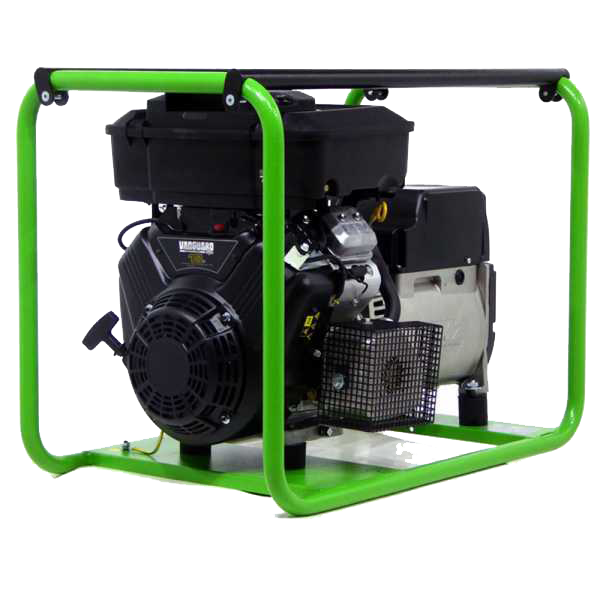
Energy EY-12TB
with Briggs & Stratton Vanguard Engine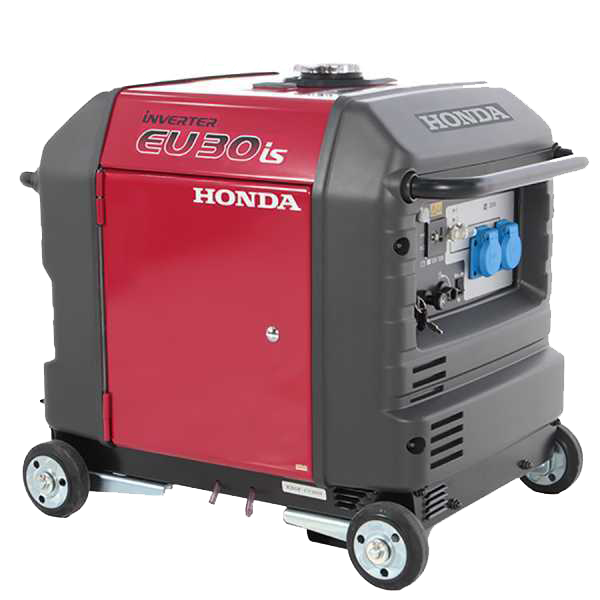
Honda EU30is
with Honda GX200 Engine
7. Single-phase or three-phase
One of the elements to take into consideration when choosing a generator is the voltage, which, as explained in the previous sections, can be single-phase or three-phase; the former (single-phase) are mainly used in the domestic sector, while three-phase generators are more of professional-industrial level, able to deliver up to 380-400 Volts and are used in situations where it is necessary to power machinery with an consumption of 6 KW or more.
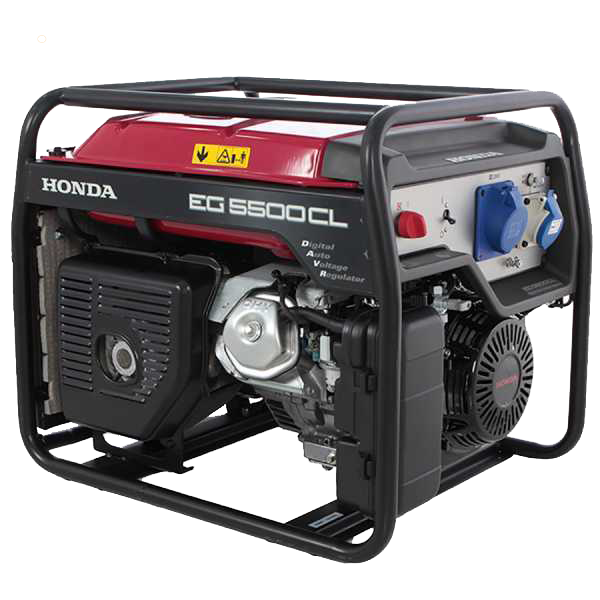
Honda EG 5500CL
Single-phase Generator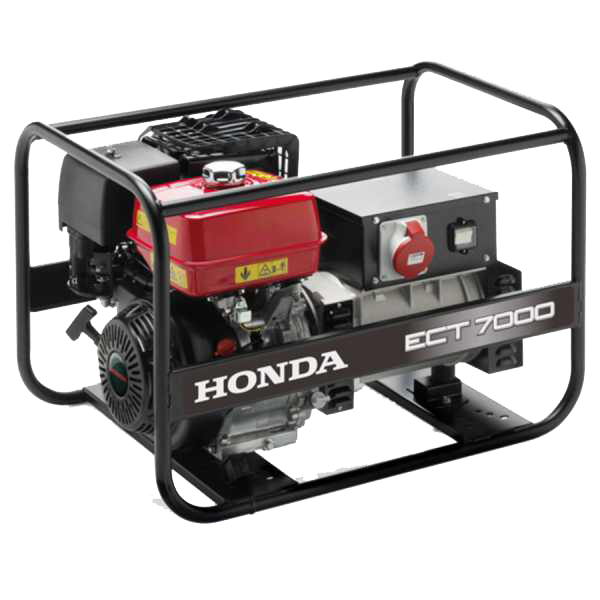
Honda ECT 7000
Three-phase Generator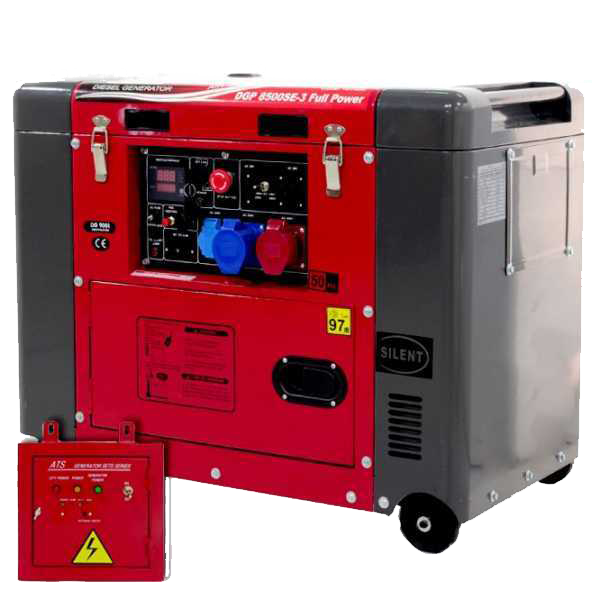
GeoTech Pro DGP8500SE-3
Full-power Generator
As we explained above, while a single-phase cannot be used in the same way as a three-phase, on the contrary a three-phase can do the work of a normal single-phase generator, although with a reduction to one third of its working power.
Example: A 6 KW three-phase generator can also work in single phase, but at 2 KW of power and not 6 KW as one might mistakenly believe.
8. Noiselessness and noise emissions
A very important aspect for a generator is the noise level, especially if it is to be used in certain environments, such as homes, apartment blocks or in all those contexts where there are very strict noise pollution regulations. In all these cases, there is only one solution: rely on a silenced (or soundproof) generator. These generators are equipped with silenced engines and high-performance soundproof housings wrapped around these machines to reduce noise, leaving openings at the exhaust and alternator.
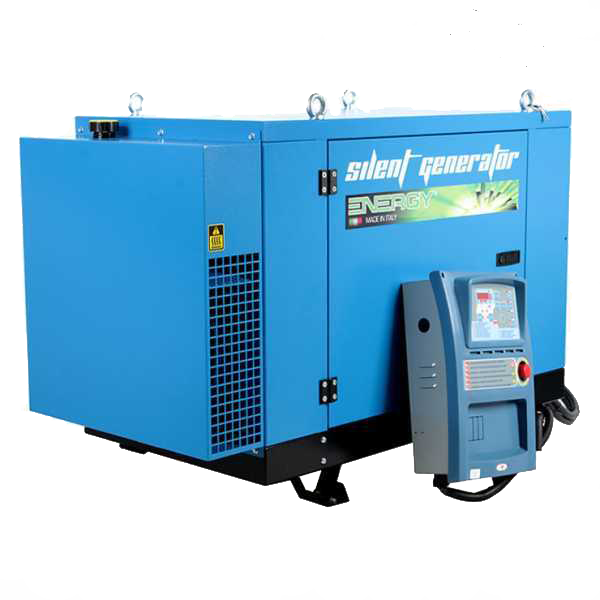
Energy EY-12.5TDE-SA
Silent Generator with Soundproof Canopy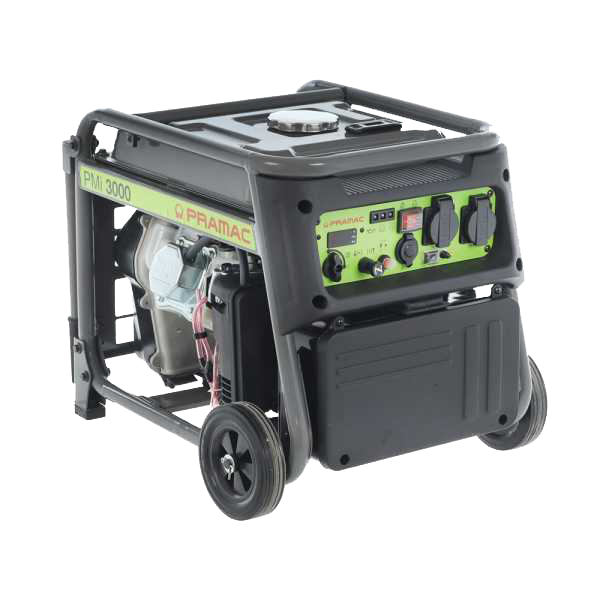
Pramac PMI 3000
Silenced Inverter Generator
As opposed to non-silenced models, which are suitable for shorter uses, silenced (or super-silenced) generators are recommended for domestic applications and for all situations where prolonged use is required.
Typically, a 2-3 KW generator operates at 70 decibels, the same level of noise as a loud conversation.
In order to avoid unpleasant inconveniences, we recommend that you always be aware of the decibels produced by your generator during operation and that you check the current municipal regulations on noise emissions and pollution, which, please note, may vary from territory to territory.
9. Power supply
Many customers make a first selection based on the type of fuel required.

9.1 Petrol Generators
- PETROL
Petrol generators are less expensive and slightly more silent than the other types, plus they have the great advantage of having a compact shape and lighter weight, which makes them more comfortable to move around.
They are generally less powerful than diesel generators, are recommended for short and occasional use and most models have single-phase voltage. A great strength of petrol models is that they are much easier to operate than diesel generators.
In addition, petrol is a readily available fuel, although more expensive than diesel.
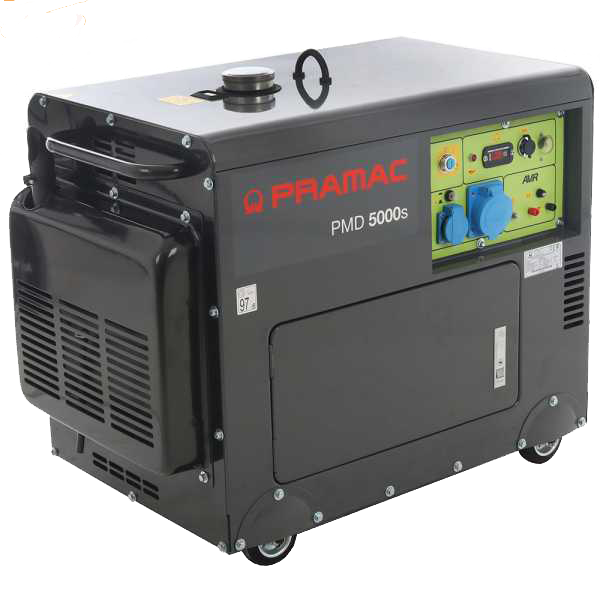
9.2 Diesel generators
- DIESEL
Diesel generators are undoubtedly the most widespread on the market and the most intensively used. In addition to reducing fuel consumption and thus fuel expenditure, diesel is more environmentally friendly and safer, since it is less flammable than petrol.
Apart from the fact that a diesel generator may have problems operating in colder weather, the real major disadvantage of diesel generators is noise emissions; compared with a petrol generator, these generators are less silent and therefore have a much more limited application possibilities in this respect.
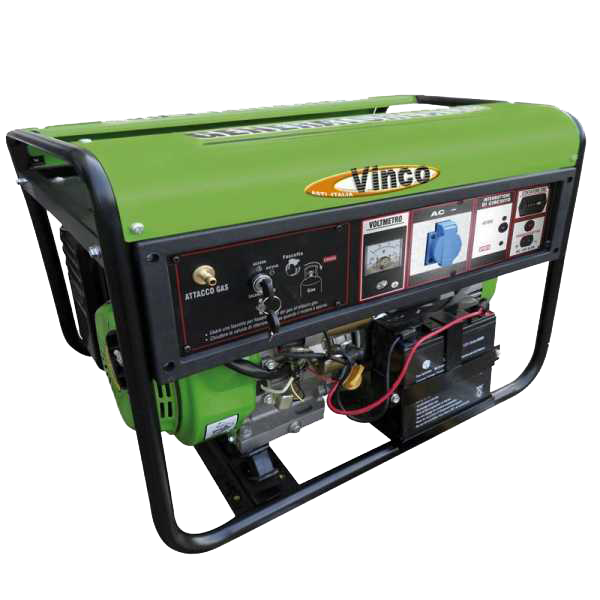
9.3 LPG or CNG Generators
- LPG or CNG
In recent years, generators powered by LPG or CNG have become very popular. This type of generators proves to be very silent, environmentally friendly and cost-effective, and is recommended for all situations in which there is a need for a generator in the event of a blackout or in the absence of an electrical connection.
Unlike the more common petrol or diesel generators, those powered by natural gas, such as LPG or methane, are able to work without producing strong fumes, typical of the models mentioned above.
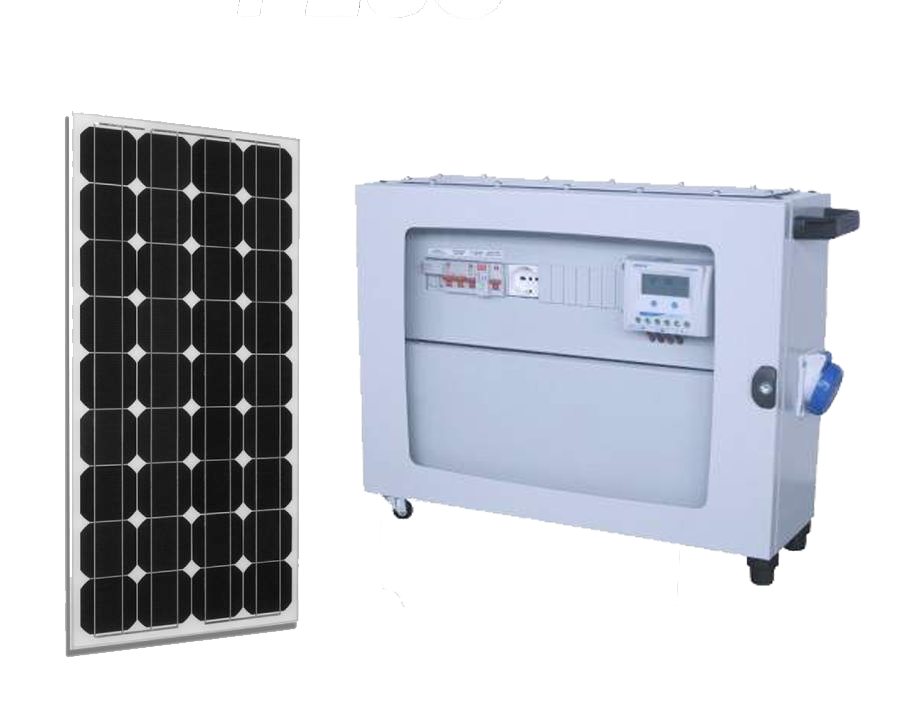
9.4 Generators with solar panels
- SOLAR ENERGY
Finally, if we want to be very environmentally friendly, we can consider generators equipped with solar panels. Solar energy-powered generators can be connected to normal solar panels for 100% clean and significantly less expensive energy.
10. Calculation of the consumption of an electrical device
In order to clearly determine the real inrush current of our machinery, there are four possible solutions:
- Read the CE plate under “max. absorption“;
- Read the instruction manual
- Relying on a power consumption meter (wattmeter)
- Contact the manufacturer directly and ask for the value of the maximum instantaneous input current drawn, also known as “inrush current”. In this case, it should be specified that the equipment will be powered by a generator.
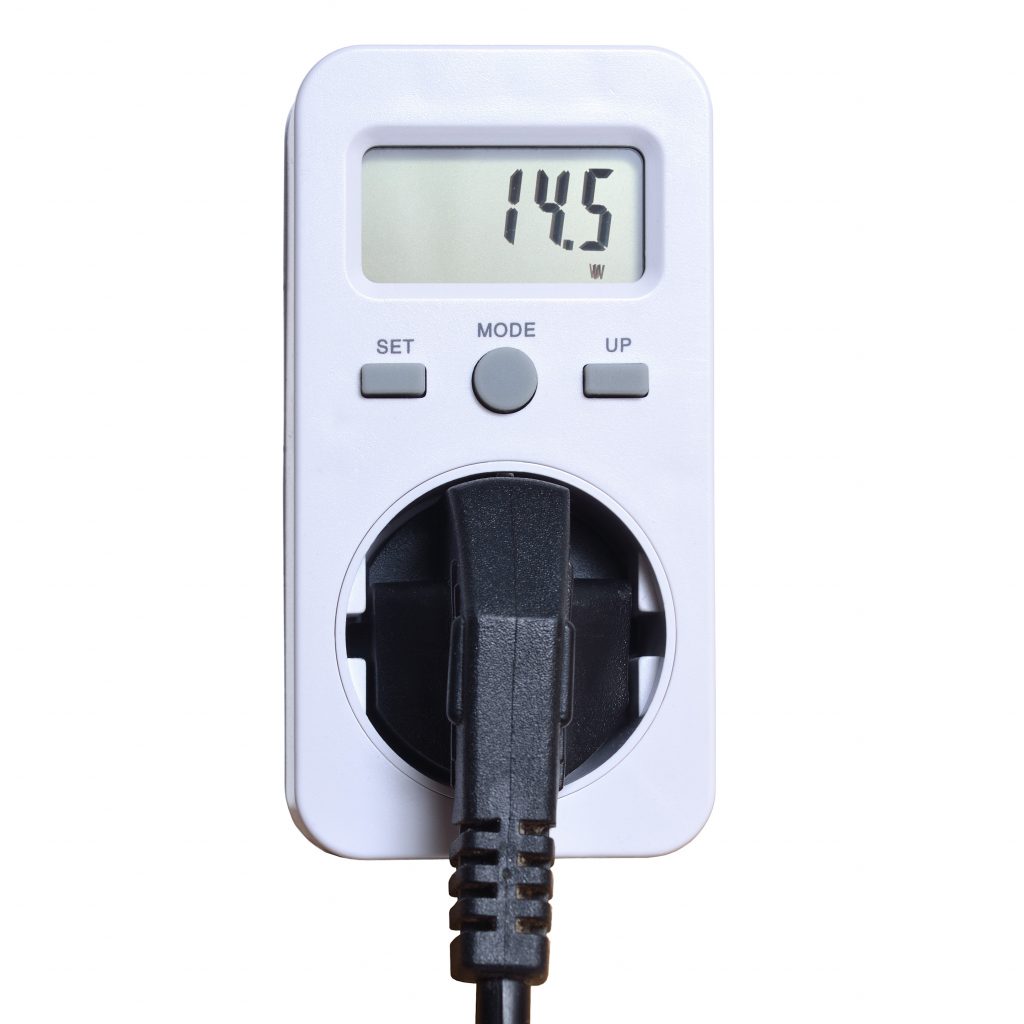
Wattmeter 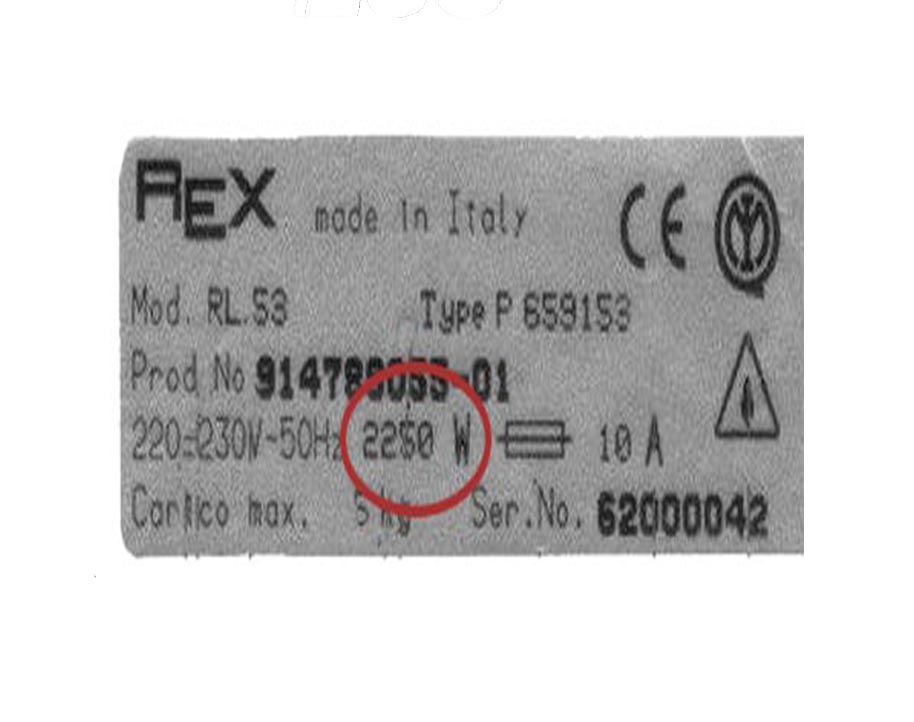
CE Plate
In order to calculate the power required to supply our appliances, a simple calculation can be made which identifies two values for each electronic appliance to be used: consumption and inrush current. These two values are then multiplied by each other to obtain the power required for each appliance.
Power = Nominal power x inrush current
11. Context of use
Before moving forward with the purchase of a generator, there is another key aspect to bear in mind, namely where the machine will be used: Where will it be placed? Will it have to be moved depending on the job required or will it stay fixed in one place? What is its power supply? Is it silenced?
For example, a fixed generator should be placed in a cool, dry and well ventilated place.
As we have already explained, generators emit exhaust fumes, and for this reason it is advisable to place them in open areas, and to apply covers to protect them from any atmospheric agents that may occur during work. On the other hand, if we decide to use it indoors, we must take care to locate the machine in a sufficiently ventilated spot, both to allow the generator’s exhaust fumes to escape without causing an accident, and to prevent it from overheating.
The last aspect to consider are noise emissions. As mentioned above, a particularly noisy generator, or one that produces such noise that it disturbs the surrounding areas (homes, businesses, hospitals, schools, offices and so on) or exceeds the decibels allowed by law (e.g. municipal regulations), can not be used. In these cases, the only possible solution is to rely on silent or low-noise models that absorb or attenuate the vibrations and noise emissions produced by the operation of the machine.
As far as generators for domestic use are concerned, we recommend those with a noise level of between 55 dB and 65 dB, so that it can be operated at night without causing disturbance.
Below is a small table summarising the general characteristics that each model should have according to the environment in which it is operated:
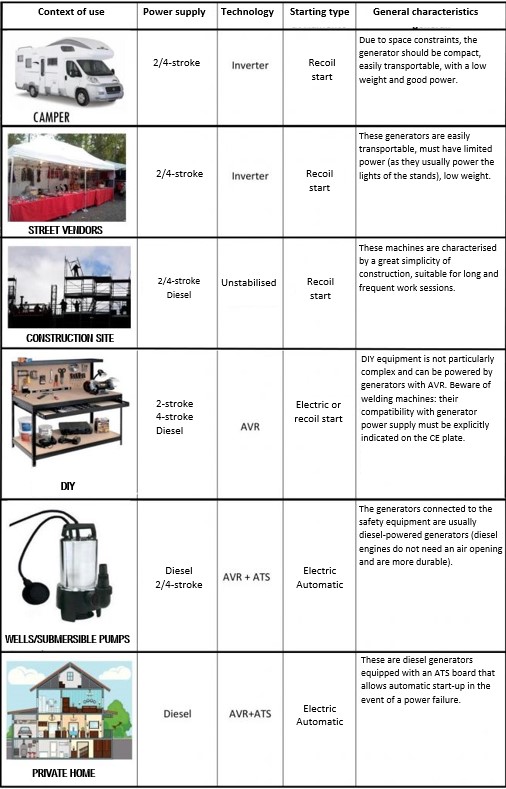
12. Stabilised generators Inverter or AVR
In addition to the place of use, it is important to have a clear idea of what equipment will be connected to the generator. For example, if a generator is to power a house, camper or boat, it will have quite a few sensitive loads, such as TVs, household appliances and devices that are quite susceptible to dangerous voltage fluctuations that could compromise or severely damage them.
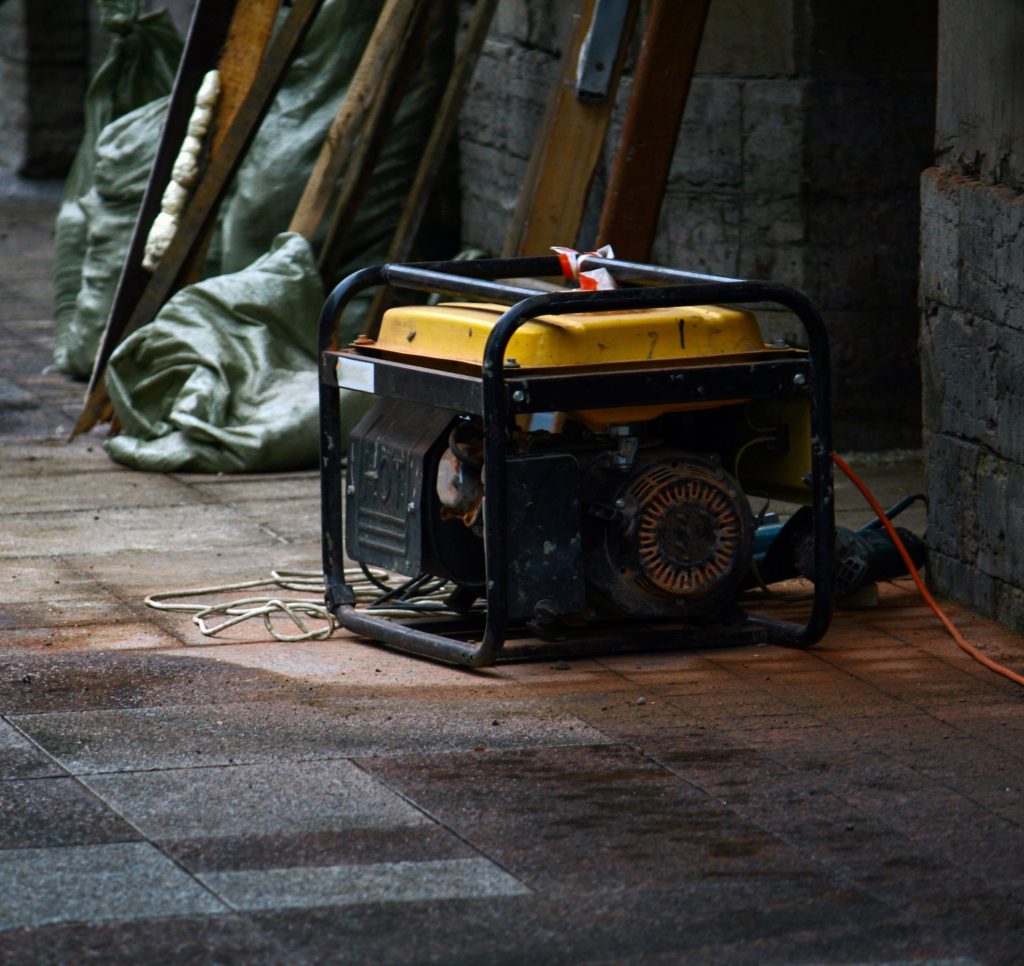
Generator to power a stand 
Wheeled generator
for DIY
Generator
for camper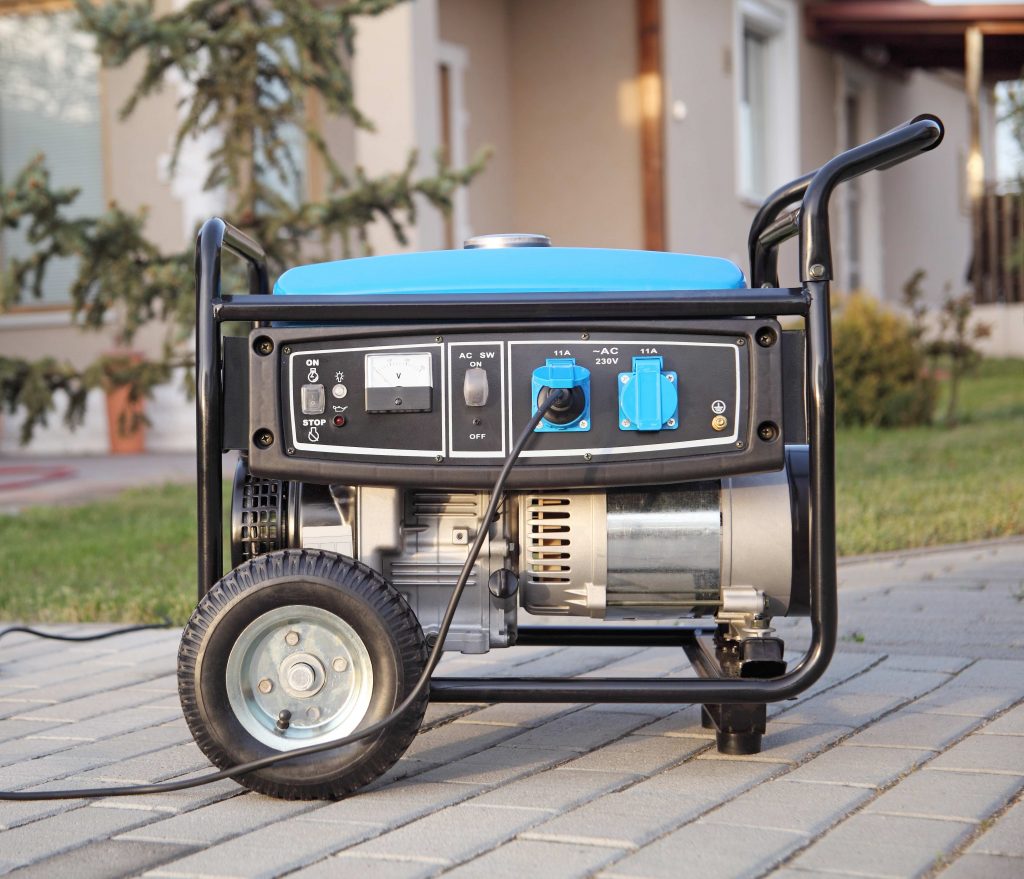
Home use
generator
The main systems in stabilised generators are: the inverter, recommended for powering electronic boards or sophisticated equipment (as above), or the AVR system, recommended for more ordinary uses.
12.1 Inverter generators
- INVERTER GENERATORS
This type of generator is the most suitable choice for stable, constant, clean energy, but above all without voltage fluctuations. The electric current has a sinusoidal (and therefore perfectly stabilised) waveform, making it suitable for use with more sophisticated domestic or professional equipment with an electronic board (power tools, computers, TVs, household appliances, etc.), in campers, boats, stands or at trade fairs and events.
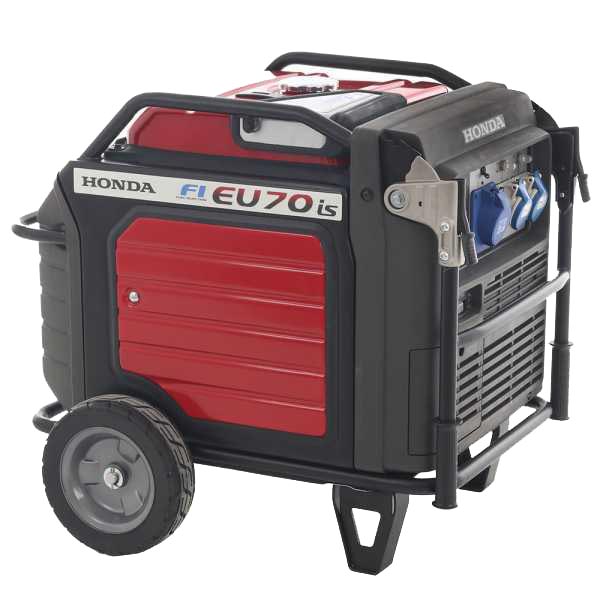
Honda EU70is Inverter Generator 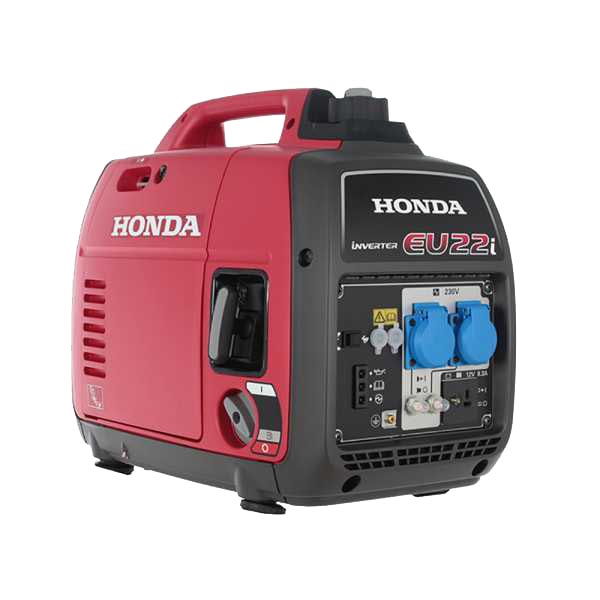
Honda EU22i Inverter Generator
12.1 Generators with AVR system
- GENERATORS WITH AVR SYSTEM
The AVR (Automatic Voltage Regulator) system, also known as the “Voltage Regulator“, is recommended for the most common uses and is intended to keep the machine’s operation constant and at peak efficiency. As well as guaranteeing the smooth running of the machine, this system ensures the durability of the connected equipment.
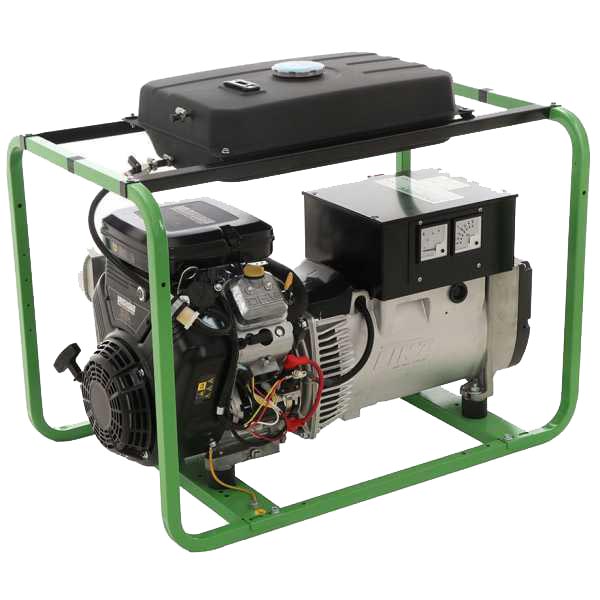
Energy EY-16TBE
Generator with AVR System
Hyundai DHY8000SE3
Generator with AVR System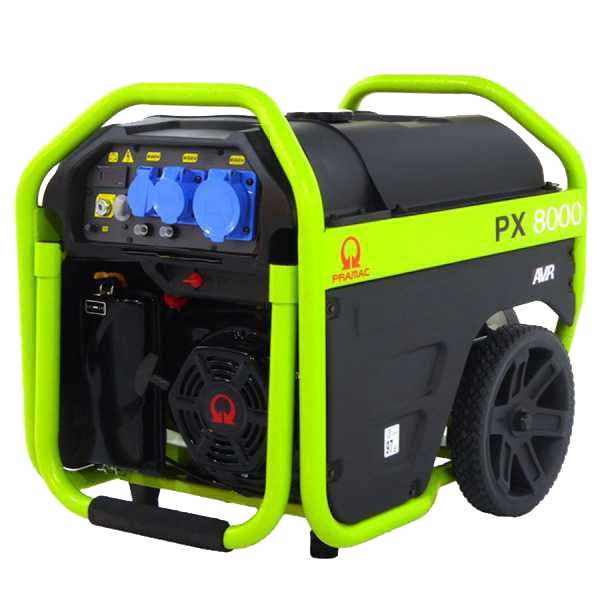
Pramac PX 8000
Generator with AVR System
13. Start-up
Generators can have various types of starting: recoil, electric or automatic.
- RECOIL START
The pull start or rope start mechanism consists of a rope wound around a pulley and held in place by a spring. In order to start the engine, the rope must be pulled with the right amount of force to give an initial push that will start the engine.
- ELECTRIC START
In this case there is an electric starter motor which operates for a few seconds until the engine starts to run normally.

GeoTech PTGA5000 Generator 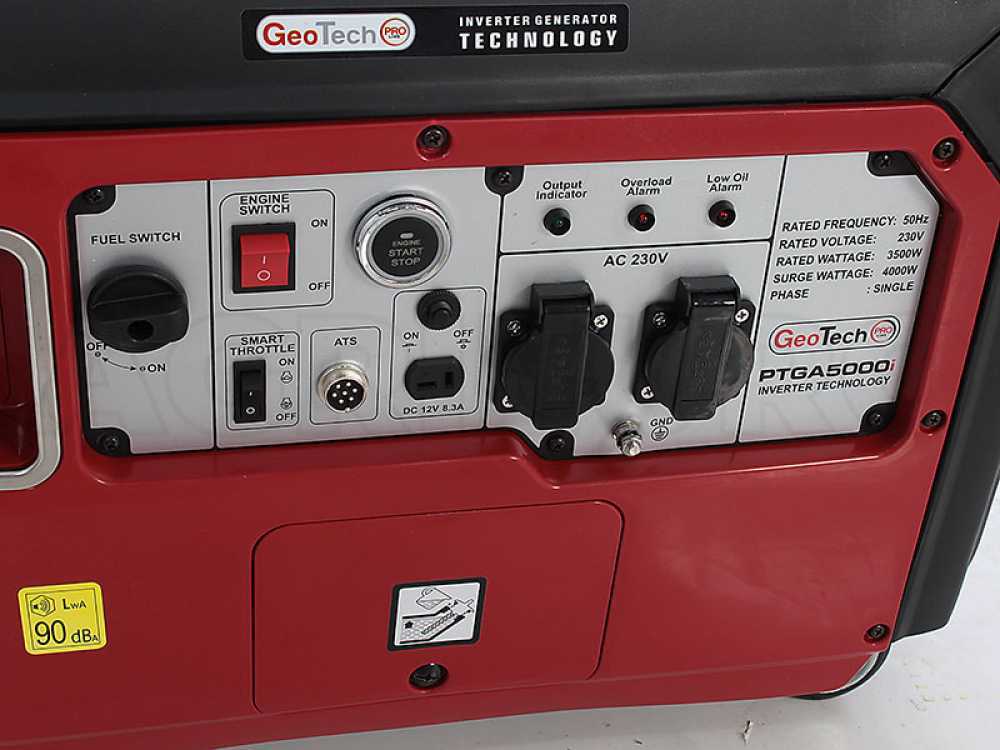
Electric start control panel with "Start/Stop" switch
- AUTOMATIC START (ATS)
Some generators can have an automatic start (integrated in some models, external in others), which is usually indicated by the acronym ATS (Automatic Transfer Switch).
This system allows the generator to start up autonomously in the event of a power cut without the intervention of the operator. In fact, thanks to the ATS system, it is possible to interface our appliance with the public network, allowing it to start up even in the event of a power failure. This is why they are widely used in homes at risk of power failure, in security companies, in basements at risk of flooding, for cold stores or potential emergency situations.
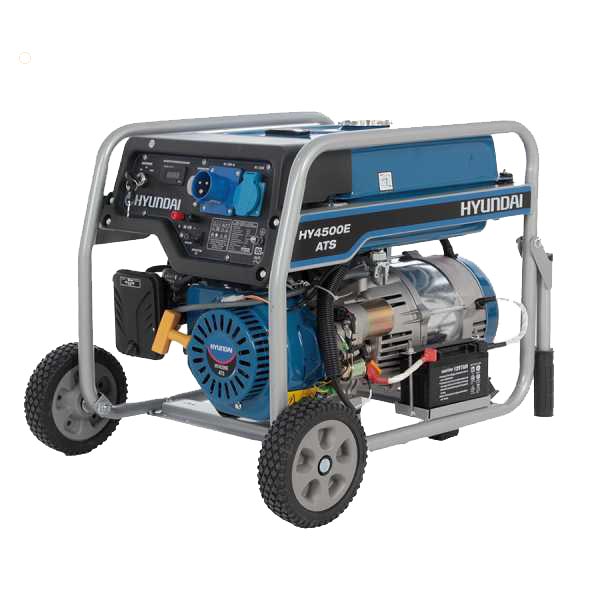
Hyundai HY4500E
Generator with ATS Board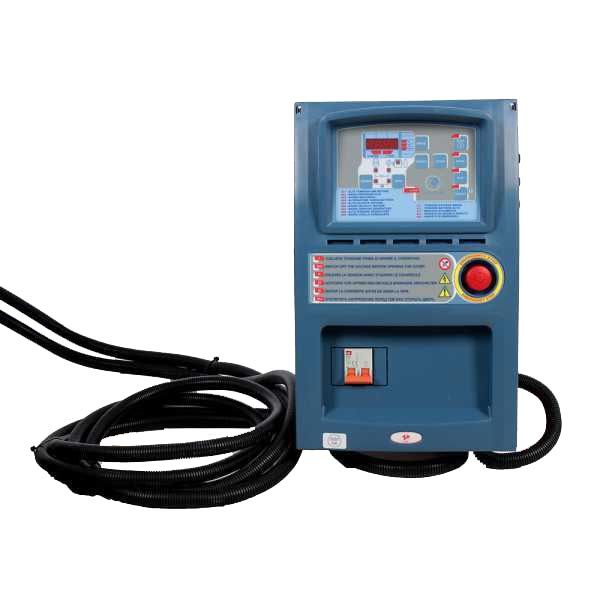
External ATS system board 
Energy EY-7TBE-A
Generator with External ATS System Board



